The Asia Cup has long been a showcase of the finest cricketing talent in the continent, bringing together teams from India, Pakistan, Sri Lanka, Bangladesh, and other nations in a thrilling contest of skill and strategy. While batsmen often grab the headlines with explosive innings, bowlers have consistently played a defining role in shaping match outcomes. Their ability to take wickets, control the run rate, and break partnerships has been crucial for their teams’ success. Over the years, some bowlers have stood out due to their exceptional consistency and match-winning performances.
The list of cricketers with the Most Wickets in Asia Cup ODI History highlights bowlers who have not only dominated in individual matches but also left a lasting legacy across multiple editions of the tournament. These bowlers have combined skill, precision, and tactical acumen to excel against top-order batsmen, middle-order anchors, and tailenders alike. Their achievements reflect not only personal brilliance but also the strategic depth they brought to their teams. In this article, we present the top 10 bowlers with the Most Wickets in Asia Cup ODI History, ranked from 10 to 1, with detailed descriptions of their styles, performances, and match-winning contributions.
List of 10 Bowlers with Most Wickets in Asia Cup ODI History
10. Shakib Al Hasan
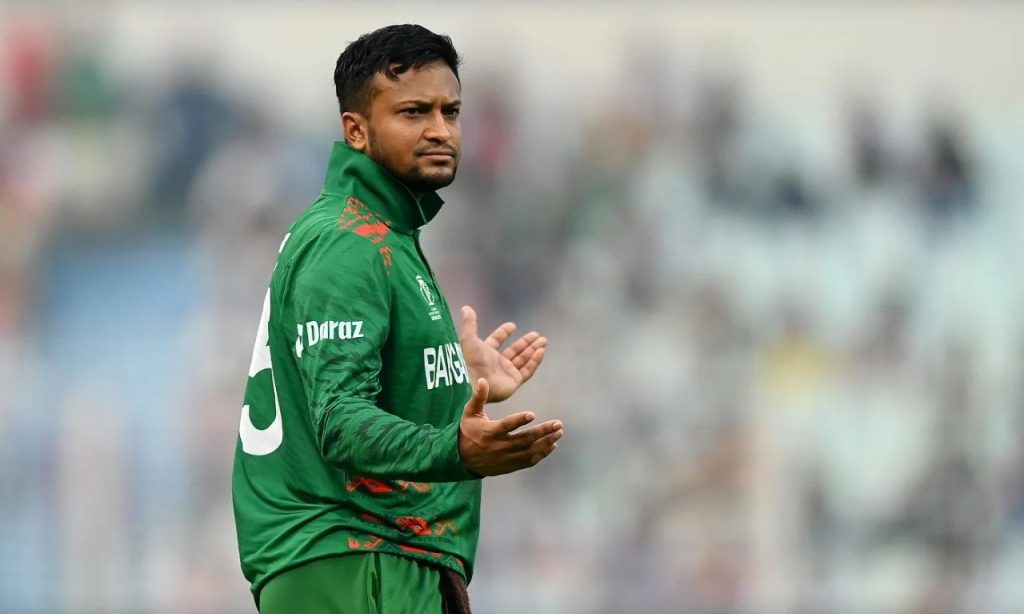
Shakib Al Hasan, widely regarded as one of Bangladesh’s greatest all-rounders, has been a constant presence in Asia Cup cricket since his debut in 2010. While he is known for his batting and fielding, Shakib’s left-arm spin has been a significant weapon for Bangladesh, especially in conditions favoring spin. His bowling style is marked by clever variations, subtle flight, and the ability to maintain tight lines that trouble batsmen repeatedly.
In Asia Cup matches, Shakib has often been entrusted with controlling the middle overs and breaking key partnerships. His record of 22 wickets in 18 matches demonstrates his effectiveness and consistency. One of his standout performances came against a strong Indian side, where he took 4 wickets for 42 runs, changing the course of the match in Bangladesh’s favor. Shakib’s contribution goes beyond statistics; his tactical understanding and ability to read batsmen make him a true leader in the bowling attack.
For Bangladesh, Shakib has often been the bowler to hold the innings together, building pressure while setting up wickets for other bowlers. His knack for picking crucial wickets at pivotal moments highlights why he features prominently among players with the Most Wickets in Asia Cup ODI History. Even in tournaments where Bangladesh struggled overall, Shakib’s consistency ensured that he remained a threat to any opposition Most Wickets in Asia Cup ODI History.
| Matches | Runs | Wickets | Best Bowling | Economy |
|---|---|---|---|---|
| 18 | 813 | 22 | 4/42 | 4.74 |
9. Abdur Razzak
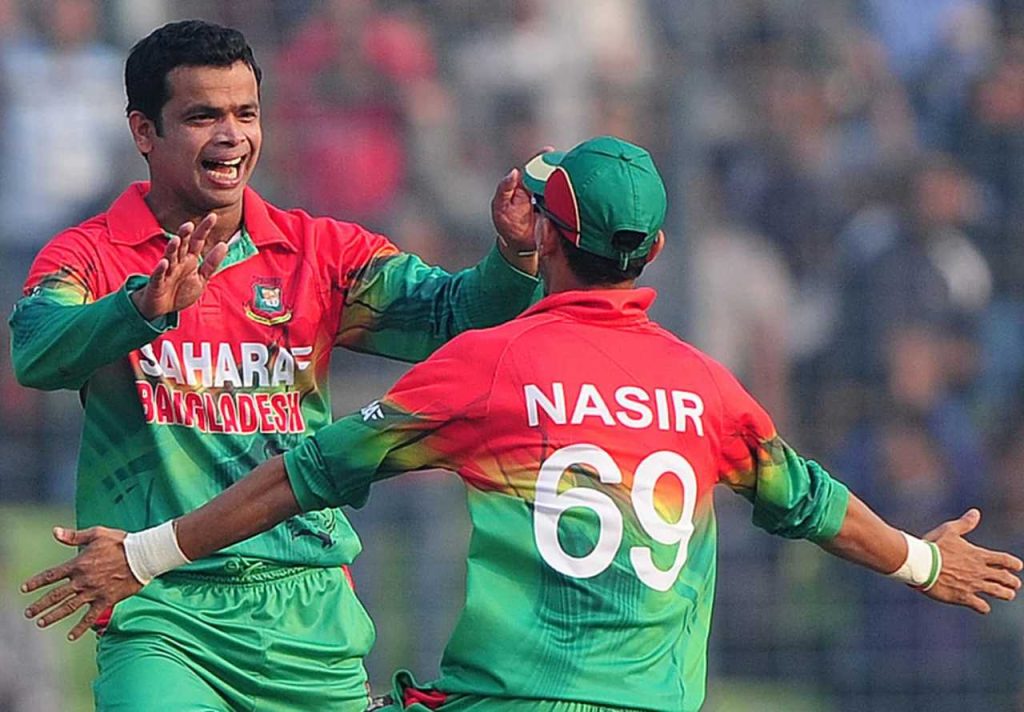
Abdur Razzak, a pioneer among Bangladesh’s spinners, represented his country in Asia Cup ODIs from 2004 to 2014. Known for his left-arm orthodox spin, Razzak had the ability to control the game with his tight lines and variations in pace. He was particularly effective in slowing down the scoring rate and forcing batsmen into mistakes.
Razzak took 22 wickets in 18 Asia Cup matches, consistently picking up crucial wickets for Bangladesh. His career-best figures of 3/17 stand as a testament to his skill in dismantling opposition batting line-ups. He was particularly adept at bowling in pressure situations, such as defending modest totals or breaking partnerships after early breakthroughs.
One of the hallmarks of Razzak’s bowling was his intelligence in setting up batsmen. By mixing flight, spin, and subtle changes in pace, he forced even experienced players into misjudgments. His contribution to Bangladesh’s bowling attack in Asia Cup history cannot be understated. The combination of consistency, experience, and tactical nous ensures his place among players with the Most Wickets in Asia Cup ODI History.
| Matches | Runs | Wickets | Best Bowling | Economy |
|---|---|---|---|---|
| 18 | 796 | 22 | 3/17 | 4.67 |
READ MORE: Top 10 Batsmen with the Most Runs in T20 Asia Cup 2025
8. ST Jayasuriya
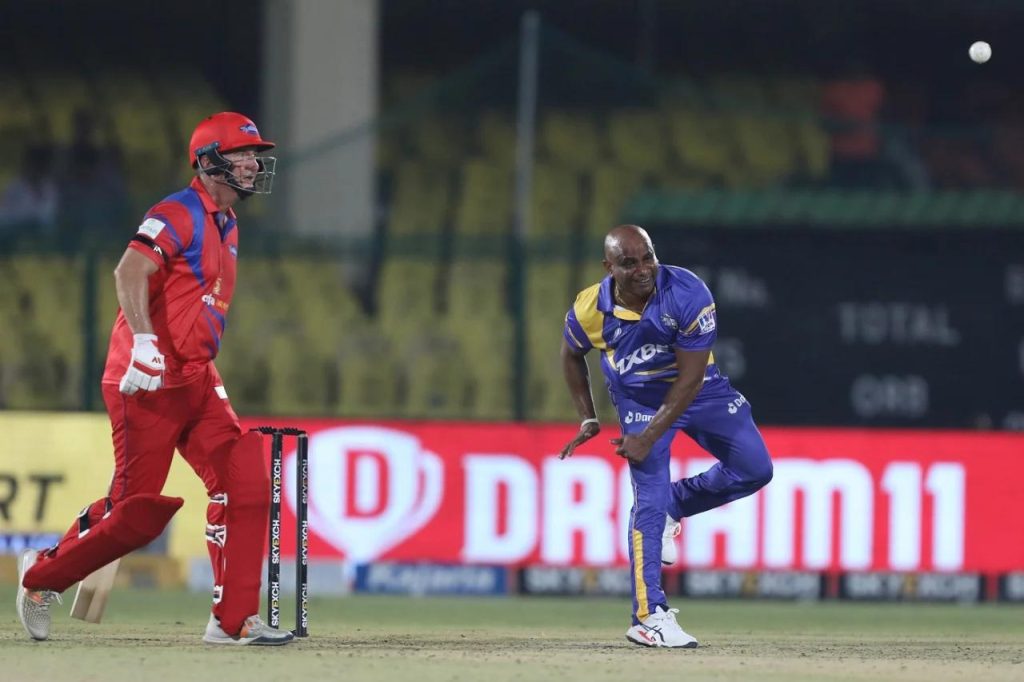
Sanath Jayasuriya, globally renowned for his explosive batting, also contributed significantly with the ball for Sri Lanka in Asia Cup ODIs. From 1990 to 2008, Jayasuriya combined his left-arm spin bowling with sharp cricketing intelligence to claim 22 wickets in 21 innings. His best figures of 4/49 illustrate his ability to intervene at crucial junctures of the game.
Jayasuriya’s bowling often complemented his team’s attacking strategy. By picking early wickets or containing batsmen during middle overs, he allowed Sri Lanka to maintain pressure throughout matches. Despite being primarily a batsman, his ability to adapt his bowling to different pitch conditions and opposition strengths underscores his versatility.
His understanding of batsmen’s weaknesses and match situations made him a reliable bowler in the Asia Cup, and he frequently delivered under pressure. These qualities ensure Jayasuriya’s position among cricketers with the Most Wickets in Asia Cup ODI History, showcasing that his impact was felt not only with the bat but also with the ball.
| Matches | Runs | Wickets | Best Bowling | Economy |
|---|---|---|---|---|
| 25 | 667 | 22 | 4/49 | 4.48 |
7. IK Pathan
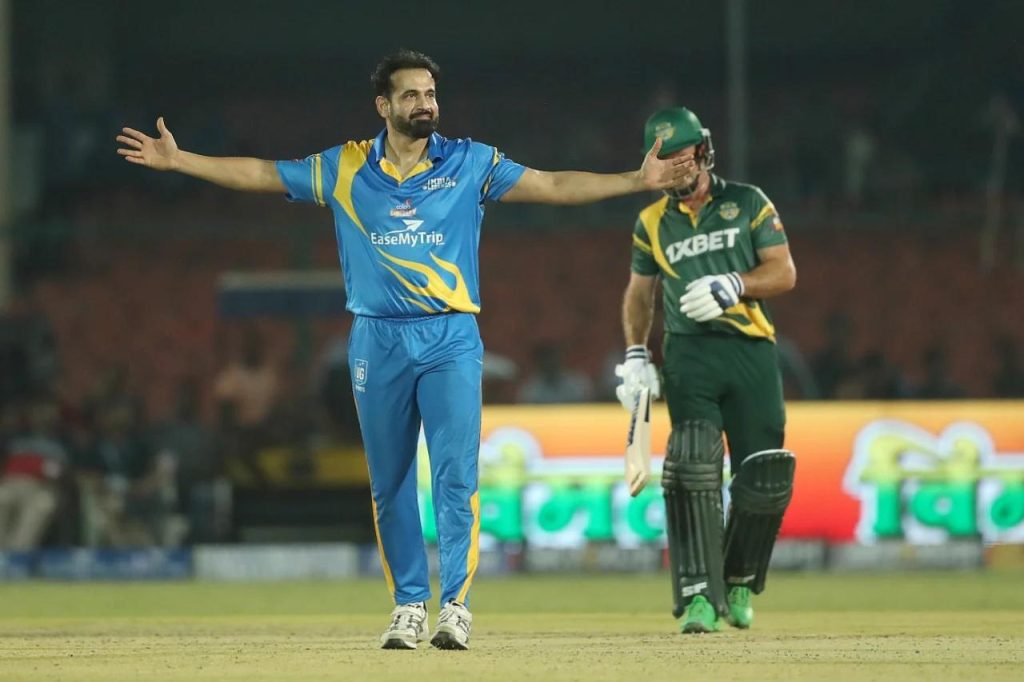
Irfan Pathan, India’s dynamic swing-bowling all-rounder, played a pivotal role in Asia Cup ODIs between 2004 and 2012. Pathan’s ability to swing the ball both ways, combined with pace and control, made him a dangerous bowler during the early overs. He took 22 wickets in just 12 innings, with his best performance being 4/32.
Pathan was often tasked with making early breakthroughs, and he consistently provided India with the momentum needed to dominate matches. His aggressive approach, combined with accuracy, allowed him to dismantle opposition batting line-ups. Notably, Pathan’s ability to maintain composure in high-pressure situations helped India achieve crucial victories in the Asia Cup.
His knack for picking wickets in the death overs and controlling runs under pressure further highlights why Pathan is ranked among players with the Most Wickets in Asia Cup ODI History. His performances often shifted the balance of matches in India’s favor, reflecting his vital contribution to the team’s success.
| Matches | Runs | Wickets | Best Bowling | Economy |
|---|---|---|---|---|
| 12 | 605 | 22 | 4/32 | 5.54 |
6. WPUJC Vaas
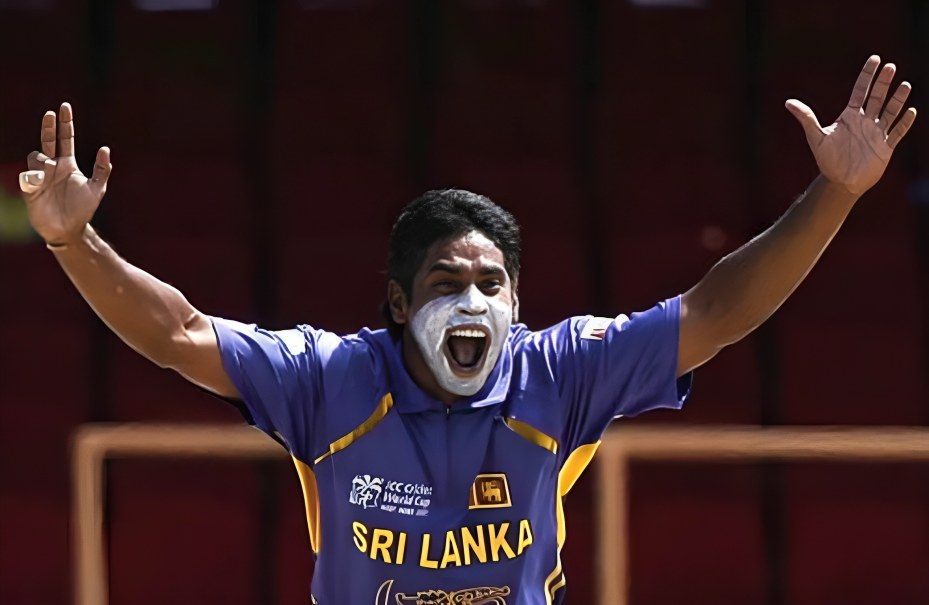
Chaminda Vaas, the legendary Sri Lankan left-arm pacer, played a key role in Asia Cup ODIs from 1995 to 2008. Known for his precision, swing, and ability to move the ball both ways, Vaas consistently picked wickets and maintained tight economy rates. He took 23 wickets in 19 matches, with his best figures being 3/30.
Vaas excelled in both powerplay and middle overs, often breaking partnerships with subtle variations in pace. His tactical intelligence allowed him to set up batsmen, forcing mistakes that translated into wickets. Vaas’s ability to maintain pressure, coupled with his consistent wicket-taking ability, made him an indispensable part of the Sri Lankan bowling attack.
He often played a dual role of attacking early and containing runs during the middle overs, which helped Sri Lanka dominate many Asia Cup contests. These contributions place him among players with the Most Wickets in Asia Cup ODI History, highlighting his enduring influence on the tournament.
| Matches | Runs | Wickets | Best Bowling | Economy |
|---|---|---|---|---|
| 19 | 639 | 23 | 3/30 | 4.19 |
5. RA Jadeja
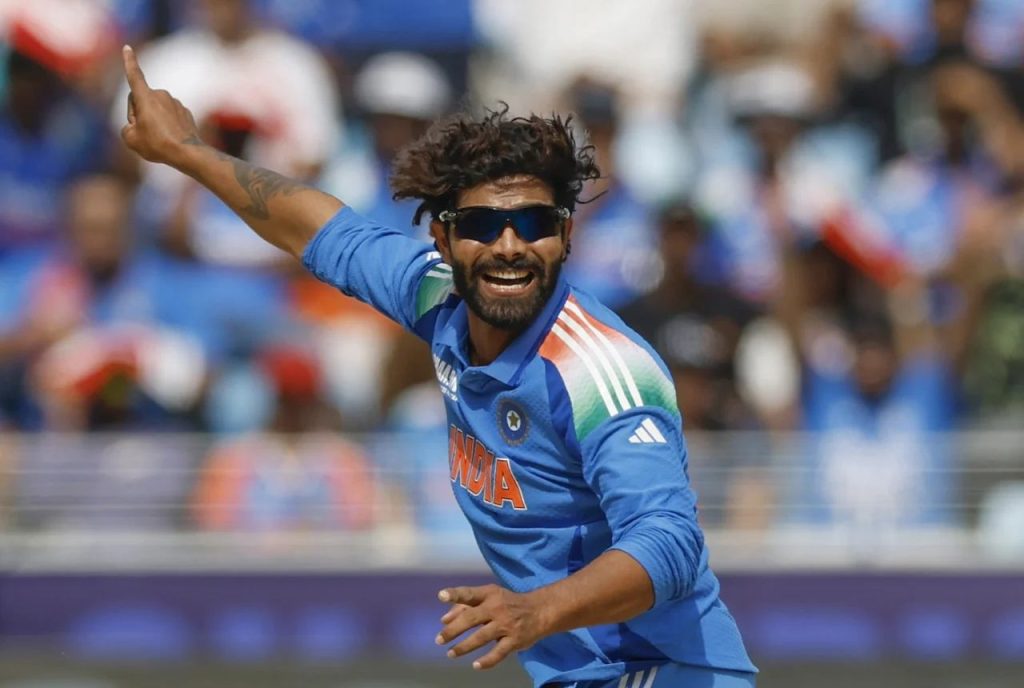
Ravindra Jadeja has been a cornerstone of India’s bowling attack since 2010, particularly in Asia Cup ODIs. As a left-arm spinner, Jadeja combines sharp spin, accuracy, and smart variations to consistently trouble batsmen. Over 18 innings in 20 matches, he claimed 25 wickets, with a career-best of 4/29.
Jadeja’s bowling is characterized by his ability to maintain control while building pressure on batsmen. He often bowls during crucial middle overs, breaking partnerships and restricting scoring opportunities. Jadeja’s athleticism in the field further enhances his value, creating additional pressure on opposition teams.
His ability to deliver under pressure, combined with his consistency, ensures that Jadeja ranks among cricketers with the Most Wickets in Asia Cup ODI History. He has played a crucial role in India’s successes in the tournament, blending control and aggression to maximize his impact.
| Matches | Runs | Wickets | Best Bowling | Economy |
|---|---|---|---|---|
| 20 | 657 | 25 | 4/29 | 4.34 |
4. Saeed Ajmal
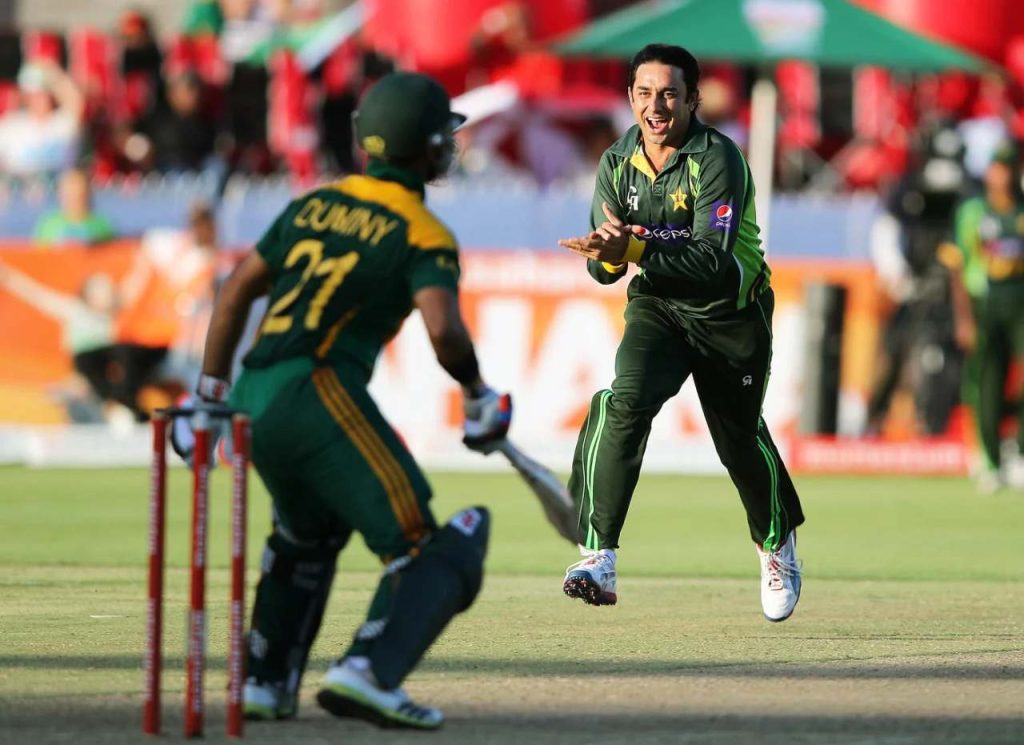
Saeed Ajmal, Pakistan’s off-spin maestro, dominated Asia Cup ODIs from 2008 to 2014. Known for his ability to bowl subtle variations, Ajmal claimed 25 wickets in 12 innings. His best performance of 3/26 demonstrates his ability to break partnerships and control the middle overs.
Ajmal’s bowling was particularly effective against strong batting line-ups, as he could disguise his deliveries and maintain tight lines. His experience and intelligence allowed him to consistently outthink batsmen, making him a reliable wicket-taker.
Ajmal’s contributions in Asia Cup matches solidify his place among players with the Most Wickets in Asia Cup ODI History. His ability to maintain pressure while delivering breakthroughs at crucial moments made him a key asset for Pakistan in every edition he participated in.
| Matches | Runs | Wickets | Best Bowling | Economy |
|---|---|---|---|---|
| 12 | 485 | 25 | 3/26 | 4.21 |
3. BAW Mendis
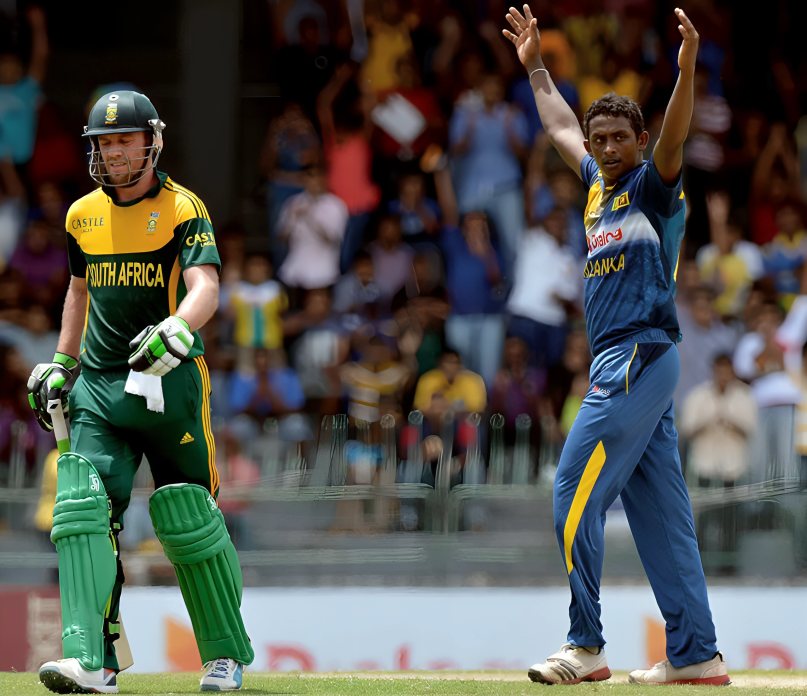
B. A. W. Mendis, Sri Lanka’s talented left-arm spinner, made a remarkable impact in Asia Cup ODIs from 2008 to 2014. Despite playing only 8 matches, Mendis’s ability to dominate opposition batsmen is evident from his 26 wickets, the highest in the fewest matches among his contemporaries. His best bowling performance, 6/13, remains one of the most outstanding feats in Asia Cup history, showcasing his skill in dismantling even the strongest batting line-ups.
Mendis was known for his extraordinary control over flight and pace, which often lured batsmen into false strokes. His ability to read the game situation and adjust his bowling accordingly made him a constant threat during middle overs. Whether defending a modest total or breaking partnerships after early wickets, Mendis excelled under pressure.
His contributions played a critical role in Sri Lanka’s dominance during that period. By consistently providing breakthroughs and maintaining economical spells, Mendis’s name firmly sits among bowlers with the Most Wickets in Asia Cup ODI History. His career, though brief in terms of matches, is remembered for the impact he had in each appearance, leaving a legacy of precision and skill.
| Matches | Runs | Wickets | Best Bowling | Economy |
|---|---|---|---|---|
| 8 | 271 | 26 | 6/13 | 3.98 |
READ MORE: Top 10 Players with the Most Sixes in ODIs 2025
2. SL Malinga
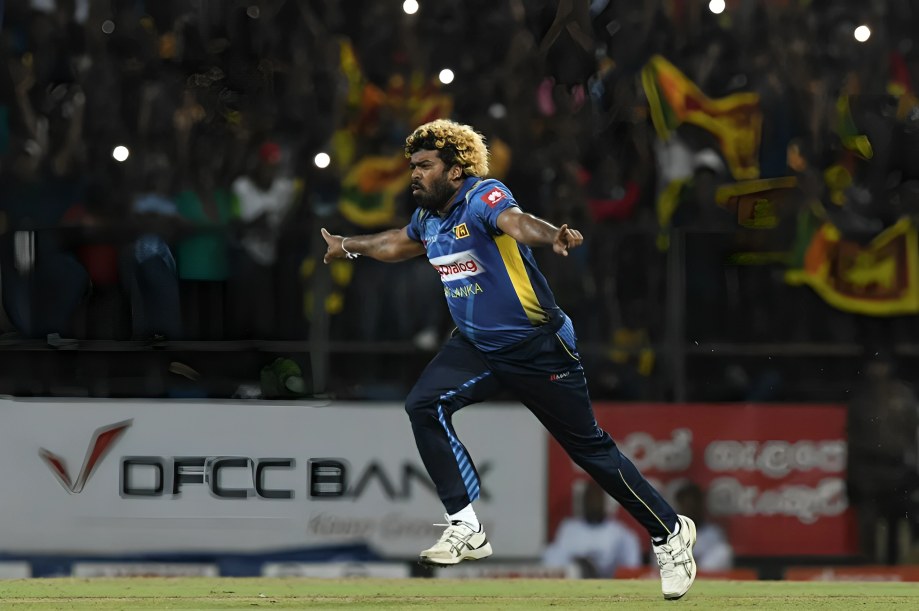
Lasith Malinga, the iconic Sri Lankan fast bowler, terrorized batsmen across Asia Cup ODIs from 2004 to 2018. Famous for his unique sling-arm action and pinpoint yorkers, Malinga redefined the role of a fast bowler in the limited-overs format. Over 14 matches, he claimed 29 wickets, with his best figures of 5/34 illustrating his match-winning ability.
Malinga’s lethal combination of pace, accuracy, and deceptive variation made him particularly deadly in high-pressure situations. Whether defending totals or executing death-over strategies, his ability to consistently pick wickets changed the course of many Asia Cup encounters. His knack for striking at crucial moments made him a bowler that batsmen dreaded facing, especially in tight matches.
Apart from sheer pace, Malinga’s cricketing intelligence allowed him to outthink batsmen, often anticipating shots and adjusting lengths accordingly. His dominance in the tournament ensures that he remains among the all-time leaders with the Most Wickets in Asia Cup ODI History, reflecting both his longevity and consistent performance in Asia’s premier cricketing contest.
| Matches | Runs | Wickets | Best Bowling | Economy |
|---|---|---|---|---|
| 14 | 596 | 29 | 5/34 | 4.65 |
1. Muttiah Muralidaran
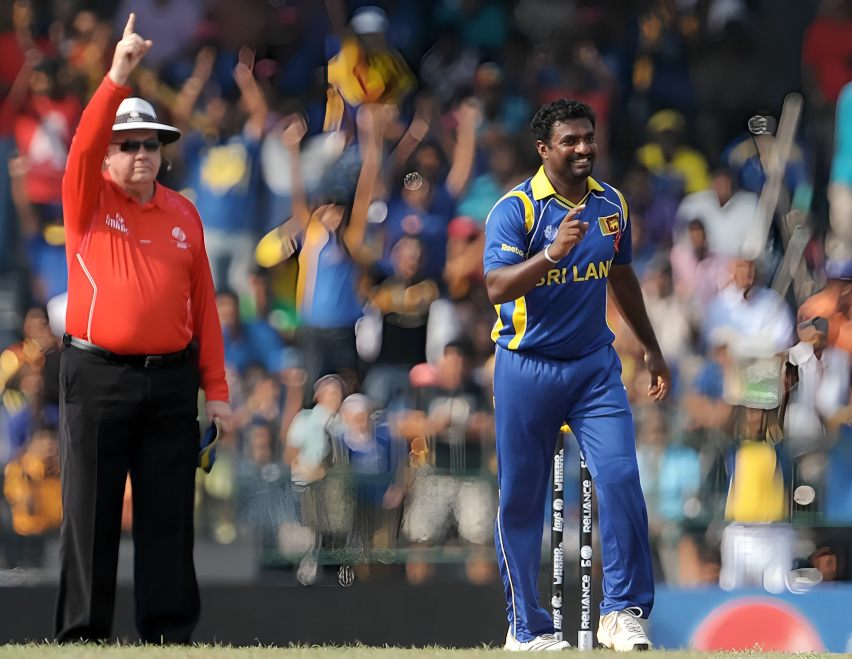
Muttiah Muralidaran, the legendary Sri Lankan spin wizard, is undoubtedly the top wicket-taker in Asia Cup ODI history. Representing Sri Lanka from 1995 to 2010, Muralidaran picked up 30 wickets in 24 matches, with his best figures of 5/31 highlighting his unmatched skill and control. His mastery over spin, ability to deceive batsmen with variations in turn and flight, and consistency under pressure made him a constant threat in Asia Cup matches.
Muralidaran’s contribution went beyond just wicket-taking; his presence in the bowling attack created psychological pressure for opposition teams. Batsmen had to alter their strategies to counter his unique off-spin, often leading to mistakes and early dismissals. His experience allowed him to read match situations perfectly, delivering breakthroughs at crucial moments and controlling the pace of the game.
Being the top wicket-taker in Asia Cup history, Muralidaran’s performances are etched into the tournament’s legacy. His consistency, skill, and match-winning ability make him the ultimate representative of bowlers with the Most Wickets in Asia Cup ODI History. Muralidaran’s dominance over more than a decade solidifies his status as one of cricket’s greatest bowlers, and his record serves as a benchmark for future generations aspiring to excel in Asia Cup ODIs.
| Matches | Runs | Wickets | Best Bowling | Economy |
|---|---|---|---|---|
| 24 | 865 | 30 | 5/31 | 3.75 |
The Asia Cup has witnessed the rise of some of cricket’s greatest bowlers, and the players listed above have set benchmarks that continue to inspire new generations. From Shakib Al Hasan’s clever left-arm spin to Muttiah Muralidaran’s unmatched off-spin mastery, each bowler brought a unique style and strategy to the tournament. Their achievements in taking the Most Wickets in Asia Cup ODI History are a testament to their skill, consistency, and ability to perform under pressure.
These bowlers have demonstrated that success in the Asia Cup is not only about individual brilliance but also about understanding match situations, reading batsmen, and executing plans with precision. Their wickets often changed the course of matches, helping their teams achieve victories and leaving a lasting impact on the tournament’s history.
